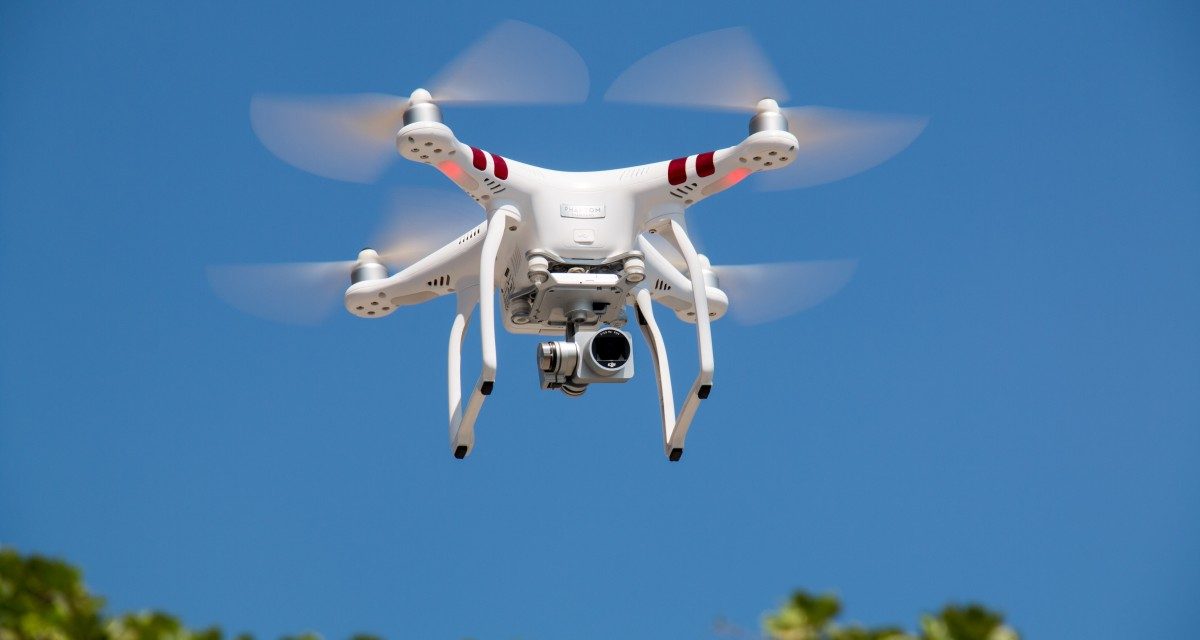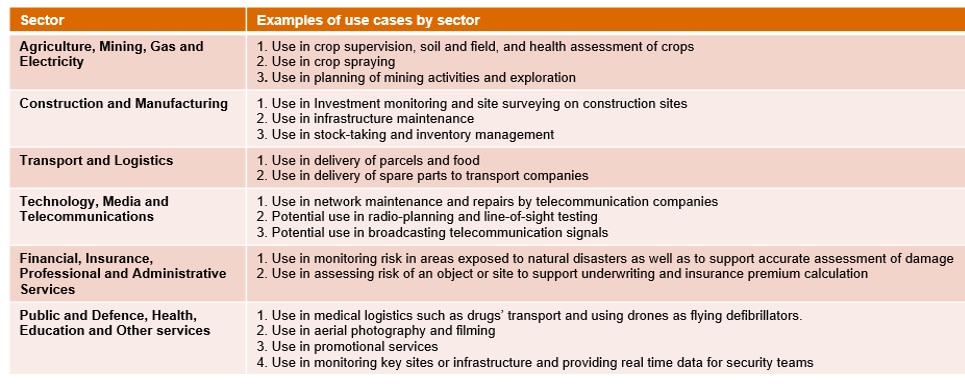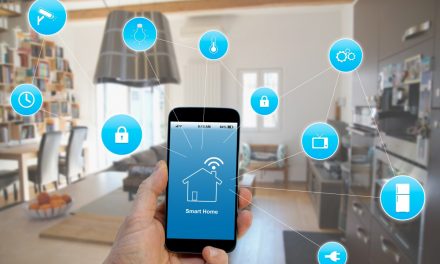What Will Be the Impact of 76,000 Drones on UK Economy?

Over 76,000 drones could be in the UK skies in 12 years’ time
Drone technology has the potential to increase UK GDP by £42 billion (or 2%) by 2030, according to new research from PwC.
The research estimates there will be more than 76,000 drones1 in use across UK skies by 2030. More than a third of these (36%) could be utilised by the public sector (including in areas such as defence, health and education).
There are significant opportunities for economic gains across all sectors, but the GDP uplift generated by drones is forecast to have the largest impact on the wholesale and retail trade sector with an increase of 2.5%, amounting to around £7.7bn.
Figure 1: GDP uplift generated by drones by sector
| Sector | Potential GDP increase | Percentage impact |
| Agriculture, Mining, Gas and Electricity | £1.1bn | 1.1% |
| Construction and Manufacturing | £8.6bn | 1.6% |
| Wholesale, Retail Trade, Accommodation and Food Services | £7.7bn | 2.5% |
| Transport and Logistics | £1.2bn | 1.5% |
| Technology, Media and Telecoms | £1.2bn | 2.1% |
| Finance, Insurance, Professional Services and Administrative Services | £10.4bn | 1.6% |
| Public Sector, Defence, Health, Education, and other services2 | £11.4bn | 2.3% |
The report finds that drone technology could help the UK achieve up to £16bn in net cost savings by 2030 through increased productivity. The technology, media and telecoms (TMT) sector stands to save the most by using drones, with a potential net saving of £4.8bn by 2030.
Across the UK PwC estimates there will be 628,000 people working in the drone economy by 2030. New types of jobs to develop, build, operate and regulate drones will be needed, as changes in productivity and consumer demand resulting from drone usage create jobs.
Elaine Whyte, UK drones leader at PwC, commented:
“Drones have the potential to offer a powerful new perspective for businesses across a variety of industries, delivering both productivity benefits and increased value from the data they collect. The UK has the opportunity to be at the leading edge of exploiting this emerging technology, and now is the time for investments to be made in developing the use cases and trial projects needed to kickstart our drone industry.
“I envisage that the advantages of drone technology will be well established within the decade – not only for business purposes, but also for helping to protect our society, for example, through being used by the emergency services. There is a need for current UK drone regulation to advance to see the estimations in our report become a reality, but it’s positive to see the Government already taking proactive steps to address this with the draft Drones Bill.
“In order to realise the full potential from drones, the immediate focus must be on developing society’s confidence in the technology to help drive acceptance and increase adoption. While drones are often currently viewed as more of a toy, by combining this emerging technology with the right business understanding and human insight there is a huge opportunity to help solve some of business and society’s most important problems.”
Baroness Sugg, Aviation Minister said:
“PwC’s research demonstrates the significant economic benefits that drone technology can bring to the UK.
“And they are already improving people’s lives – helping the emergency services and keeping key national infrastructure like rail lines and power stations safe.
“Excitingly this is just the beginning, which is why Government is doing everything possible to harness the huge future potential through our Industrial Strategy and Drones Bill.”
Jonathan Gillham, economics director at PwC, added:
“Drones could spark significant improvements in the UK economy. The rise in GDP and job creation from drones uptake are expected to be substantial, but productivity is likely to see the greatest gains. By automating routine tasks, improving effectiveness, safety and reducing costs, drones will free up people to focus on higher-value work.”
Notes:
- For the purposes of this report we define drones as unmanned aerial vehicles (UAVs) or unmanned aircraft systems (UASs), made up of a ground-based operator, the drone itself and a communications system linking the two.
- ‘Other services’ as defined in the SIC code manual include repair of goods, activities of NGOs, charities, trade unions and political bodies, as well as areas including funeral services, hairdressing and physical wellbeing.
- Examples of use cases for drones by sector include the following, as outlined in PwC’s previous Clarity from Above report:












